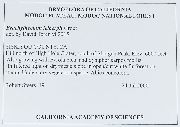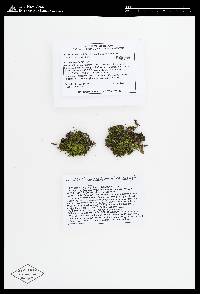
Consortium of Bryophyte Herbaria
- building a Consortium of Bryophytes and Lichens as keystones of cryptobiotic communities -
|
|
|
|
Family: Brachytheciaceae
Leiberg's brachythecium moss
[Brachythecium leibergii Grout, more] |
|
Powered by Symbiota.














































